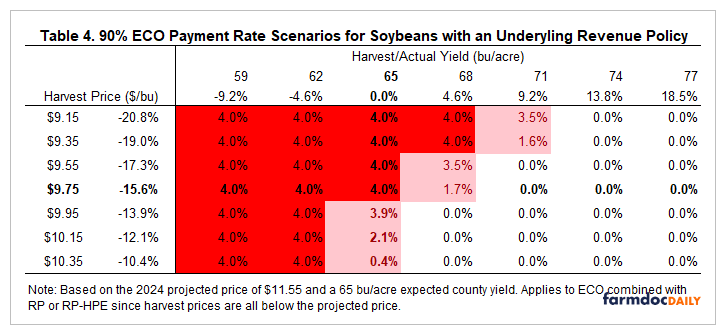By Ashley Dean and Erin Hodgson
Seedcorn maggot larvae feed on germinating seeds or seedlings of corn and soybean (Photo 1). Feeding can slow development or kill the plant, and plant injury is more prevalent during cool, wet springs when plants grow slowly. Even though most of Iowa has been in a drought, recent rain events have likely created pockets of damp soil that are ideal for developing larvae. High risk fields include those with a history of seedcorn maggot injury, recently tilled fields, and fields where organic matter was recently incorporated (e.g., manure or cover crops). Farmers thinking about planting should track growing degree days, plant during the fly-free period, and avoid planting into cool, wet soils.
Seedcorn maggot has a lower developmental threshold of 39°F and an upper threshold of 84°F. Peak adult emergence for the first generation occurs at 360 accumulated degree days (GDD) since January 1. Based on current GDD, the first generation of adult seedcorn maggot has likely emerged throughout much of the state (Figure 1), and development has been accelerated compared to recent years due to warm conditions early this year. Keep in mind that development is likely overestimated slightly because air temperatures are used for the calculation while much of seedcorn maggot development is based on soil temperatures.

Figure 1. Accumulated growing degree days (base 39°F) in Iowa from January 1 to April 10, 2024.
It is recommended to avoid planting during peak adult emergence since first-generation larvae typically emerge within a few days (414 GDD) and feed for several weeks (781 GDD). Cool soil temperatures likely increase the risk of seedcorn maggot injury because seeds take longer to develop; warmer soil temperatures are conducive to quick growth of seedlings and less injury. If possible, target planting during the “fly-free” period (781-1,051 GDD for the first generation) in areas at higher risk for seedcorn maggot. Because development is ahead of schedule this year, planting may not coincide with the highest risk of seedcorn maggot injury (when first generation adults are laying eggs). Keep an eye on GDD accumulation and compare with Table 1 in our encyclopedia article to determine the fly-free period for subsequent generations of seedcorn maggot.
You can track GDD for seedcorn maggot by visiting the Pest Maps and Forecasting page and comparing key GDD to the map. Additionally, if you choose your nearest weather station on the right side of the page, you can see forecasted GDD for the next two weeks.
While no rescue treatments are available, cultural and chemical methods prior to or at planting can minimize risks. Read more about seedcorn maggot biology, risk factors, and management in this encyclopedia article. To confirm seedcorn maggot injury, check areas with stand loss and look for maggots, pupae, and damaged seeds (hollowed out seeds or poorly developing seedlings), and keep an eye out for other seedling pests, such as wireworms or grubs.
Source : iastate.edu